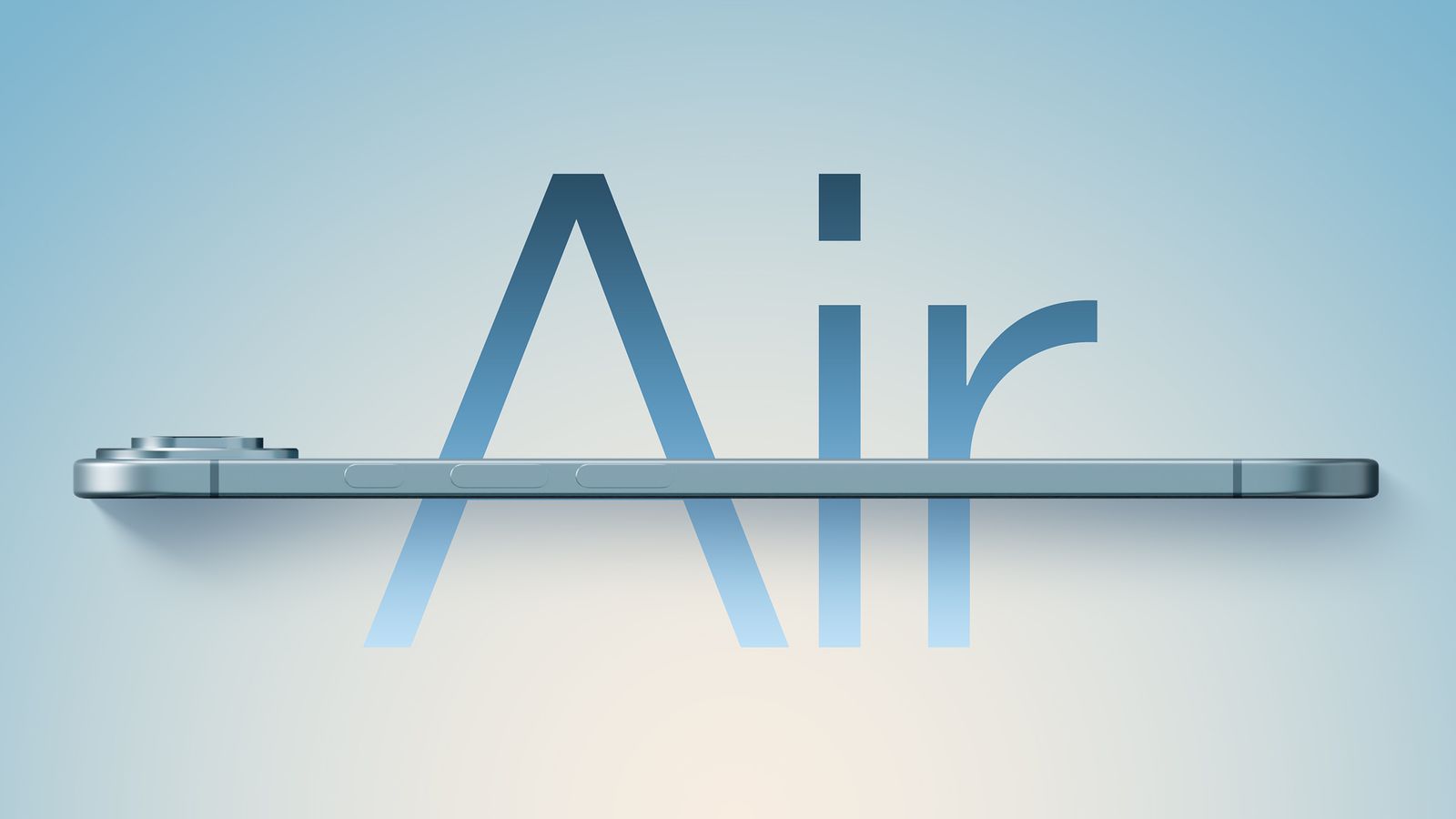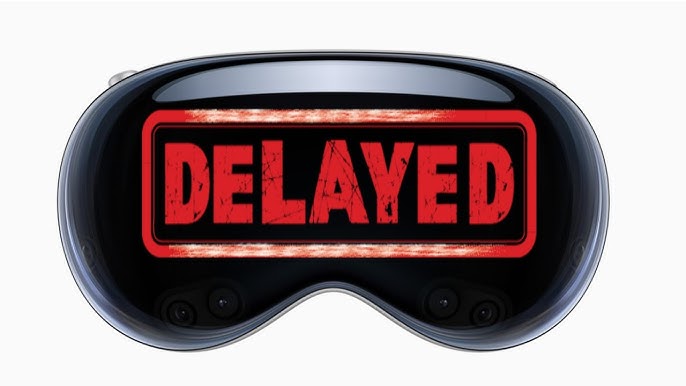iPhone 17 Air Battery Rumors: What You Need to Know About Its 2026 Launch

Apple is gearing up to launch the iPhone 17 Air in September 2025, with some models possibly arriving in 2026. This phone is expected to be the thinnest iPhone ever, but rumors suggest it might come with a smaller battery. This has sparked worries about how well it will perform. Let’s dive into what we know about the iPhone 17 Air’s battery, its design, and what it means for users.
The iPhone 17 Air’s Ultra-Thin Design
Apple aims to make the iPhone 17 Air the slimmest iPhone yet, with a thickness of about 5.5 to 6.25 millimeters. That’s thinner than the iPhone 6, which was 6.9 millimeters. To achieve this, Apple may use a titanium-aluminum alloy to keep the phone light, weighing around 145 grams. This is similar to the weight of the iPhone 13 mini.
However, a thinner phone means less space for parts like the battery. My cousin, a tech enthusiast, once tried a super-slim phone and loved its look but hated how fast it died. Will Apple’s sleek design come at a cost? Let’s explore the battery details.
Battery Size Concerns
- Smaller Capacity: Leaks suggest the iPhone 17 Air will have a 2,800 mAh battery, smaller than the 3,582 mAh in the iPhone 16 Pro.
- Comparison: For context, the Samsung Galaxy S25 Edge, a rival, has a 3,900 mAh battery, raising questions about Apple’s choice.
- Impact: A smaller battery could mean less time between charges, worrying users who rely on their phones all day.
| Feature | iPhone 17 Air (Rumored) | iPhone 16 Pro | Samsung Galaxy S25 Edge |
|---|---|---|---|
| Battery Capacity (mAh) | 2,800 | 3,582 | 3,900 |
| Thickness (mm) | 5.5–6.25 | 8.25 | 5.8 |
| Weight (grams) | 145 | 199 | Unknown |
Pros of a Slim Design:
- Easy to carry and feels futuristic.
- Lightweight, reducing strain during long use.
Cons of a Slim Design:
- Smaller battery may lead to shorter battery life.
- Potential trade-offs in camera and speaker quality.
The slim design is exciting, but the battery size has sparked debates. A post on X by @TheGalox_ on July 19, 2025, noted, “2800mAh is happening… That’s 1100mAh less than the Galaxy S25 Edge.” This highlights concerns about whether Apple can balance style and performance.
Battery Technology: A Possible Game-Changer
Apple might use new technology to offset the smaller battery. Rumors point to a silicon-anode battery, which could increase energy density by 15–20%. This means more power in a smaller space. Japan’s TDK is reportedly developing this for the iPhone 17 Air, making it a first for Apple phones.
I remember when my friend upgraded to a phone with better battery tech. It lasted longer despite a smaller size, which was a pleasant surprise. If Apple pulls this off, the iPhone 17 Air could still offer decent battery life. The new iOS 26 software, with its Adaptive Power feature, might also help by using AI to manage power based on how you use your phone.
How Silicon-Anode Batteries Work
- More Efficient: Unlike traditional lithium-ion batteries, silicon-anode ones store more energy.
- Longer Life: They could maintain battery health over time, reducing the need for frequent charging.
- Challenge: The technology is new, so it’s unclear if it will be ready for mass production by 2025.
Pros of Silicon-Anode Batteries:
- Higher energy density for better performance.
- Potential for longer-lasting battery health.
Cons of Silicon-Anode Batteries:
- New technology might have untested issues.
- Limited to the iPhone 17 Air for now.
A post on X by @applesclubs on May 18, 2025, said, “The upcoming iPhone 17 Air may be the first Apple phone to use TDK’s new silicon-anode batteries, offering 15% more energy density.” This suggests Apple is betting on innovation to address battery concerns.
Performance Worries and Solutions
A smaller battery raises questions about how the iPhone 17 Air will handle demanding tasks like gaming or video streaming. The phone is expected to use the A19 chip, which is more power-efficient than the A18 in the iPhone 16. This could help save battery life. The C1 modem, designed by Apple, is also said to use less power, which might make up for the smaller battery.
Last summer, I tried a phone with a small battery but an efficient chip. It lasted all day because the chip didn’t drain power quickly. Apple’s focus on efficiency could be key. Still, some worry that heavy users might need to recharge midday.
Other Performance Features
- Charging Speeds: The iPhone 17 Air may support 35W wired charging and 25W wireless charging with Qi 2.2, faster than the current 15W wireless limit.
- Camera: It might have a single 48MP rear camera and a 24MP front camera, which could use less power than multiple lenses.
- Software: iOS 26’s Liquid Glass interface and AI features could optimize performance without draining the battery.
| Feature | iPhone 17 Air (Rumored) | iPhone 16 Pro |
|---|---|---|
| Chip | A19 | A18 |
| Wired Charging (W) | 35 | 27–30 |
| Wireless Charging (W) | 25 (Qi 2.2) | 15 |
| Rear Camera | Single 48MP | Triple 48MP |
Pros of Performance Features:
- Efficient chip and modem could extend battery life.
- Faster charging reduces downtime.
Cons of Performance Features:
- Single rear camera might disappoint photo enthusiasts.
- Smaller battery could struggle with heavy use.
For more on how Apple’s chips improve efficiency, check out Apple’s A-Series Chip Evolution.
The Battery Case Debate
To address battery concerns, Apple is reportedly planning a battery case for the iPhone 17 Air. This case would add extra power but make the phone thicker, which seems to defeat the purpose of its slim design. A report from The Information said only 60–70% of users might get through a day without recharging, compared to 80–90% for other iPhones.
I once used a battery case for my old phone. It was bulky but saved me during long trips. Still, it felt like a clunky fix. A post on X by @MacRumors on May 3, 2025, stated, “iPhone 17 Air Expected to Have Battery Case Due to ‘Worse’ Battery Life.” This has sparked mixed feelings among fans.
Battery Case Pros and Cons
- Pros: Extends battery life for heavy users; protects the phone.
- Cons: Adds bulk to a slim phone; extra cost for buyers.
| Option | Pros | Cons |
|---|---|---|
| Battery Case | Extends usage, adds protection | Increases thickness, extra cost |
| No Case | Keeps slim design | Risk of shorter battery life |
What This Means for 2026 and Beyond
Apple plans to split its iPhone launches starting in 2026, with higher-end models like the iPhone 18 Air and Pro launching in fall and cheaper models in spring 2027. The iPhone 17 Air’s battery challenges might influence future designs. If the silicon-anode battery works well, it could become standard in later models, like the iPhone 18 Pro Max.
The focus on thinness shows Apple wants to stand out against rivals like Samsung’s Galaxy S25 Edge. But prioritizing style over function could alienate users who value battery life. My brother, a gamer, always picks phones with big batteries for long sessions. Will the iPhone 17 Air satisfy users like him?
Future Implications
- Innovation: Success with silicon-anode batteries could lead to better batteries across Apple’s lineup.
- Competition: Apple must balance design with performance to compete with Android phones.
- User Needs: Apple might need to offer more options for power-hungry users.
For a deeper look at Apple’s 2026 plans, visit MacRumors’ iPhone 18 Preview.
Final Thoughts
The iPhone 17 Air promises a sleek, futuristic design but raises valid concerns about its battery life. With a rumored 2,800 mAh battery, it’s smaller than competitors and even some older iPhones. However, new technology like silicon-anode batteries and the efficient A19 chip could help. The optional battery case is a practical but ironic solution for a phone marketed as ultra-thin. As Apple prepares for its 2025 launch, with some models possibly in 2026, users must weigh style against performance. Will the iPhone 17 Air’s slim look win you over, or is battery life your top priority?





